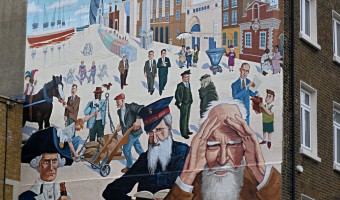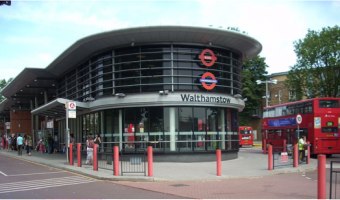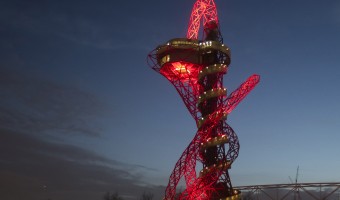The East End's Best Kept Secrets
London’s East End has a salacious and sordid history. From the hopeless poverty stricken streets immortalised by Charles Dickens in the Victorian era to the weekly occurrences on the notorious British soap opera Eastenders, from the violent legacy of The Kray twins to the history making 2012 Olympics, London’s East End is often referred to as authentic London.
Although the area has undergone extensive redevelopment over the past fifty years, East London is celebrated for its rich diversity. Characterised by the juxtaposition of contemporary architecture with gritty Victorian era properties, at the heart of London’s East End is Bethnal Green. Located on the Central Line, Bethnal Green is a district in the Borough of Tower Hamlets.
The history of Bethnal Green is defined by a shift away from agriculture, by migrants to the City of London, to weaving and light industry, which has now vanished. The area was irrevocably altered by aerial bombardment during the Second World War. Subsequently, like much of East London, regeneration projects left an indelible mark on the area.
Contemporary Bethnal Green offers a range of off-beat activities for the discerning traveller seeking to escape the city centre.
V & A Museum of Childhood
Home of one of the world’s finest collections of children’s toys, games, costumes and doll houses, the Museum of Childhood, located off Bethnal Green road, is an impressive period style building. The V & A Museum of Childhood’s intention is to transport beleaguered adults back to their childhood whilst offering children an opportunity to view material on childhood experiences through different eras.
The largest institution of its type in the world and a member of the Victoria & Albert Museum group, the museum has been collecting a wide range of childhood memorabilia since 1872 and continues to add to the collection. Combining contemporary figures from modern blockbusters such as The Incredibles with handmade Victorian praxinoscopes, the museum is an interactive experience that offers a glimpse into a bygone era.
Although the majority of the collection remains in Bethnal Green throughout the year, occasionally touring exhibitions are held at the museum, so be sure to consult V & A Museum of Childhood’s website before attending. The museum contains a café on the premises, an ideal location to reflect after a nostalgic jaunt.
Backyard Comedy Club
Situated two minutes away from Bethnal Green tube station, Backyard Comedy Club has amassed a peerless reputation as one of the premier comedy clubs in London. A stalwart of East London’s diverse night life, the Backyard Comedy Club has recently expanded its horizons beyond comedy. Now, the Backyard Comedy Club hosts a range of nights including variety shows, cabaret events, swing dancing and charity events.
The Backyard Comedy Club is friendly and vibrant, serving a wide range of locally produced drinks and freshly made pizzas. Lee Hurst, a regular face on 90s television show They Think It’s All Over, is the founder of the club and still regularly performs to this day. Backyard Comedy Club also contains a pool table, a ping pong table and a fuss ball table.


London's Budhist Centre
From the inescapable buzz of traffic to the countless anonymous faces that crowd the streets, London life can be hectic-even for tourists. The London Buddhist Centre is a refuge from the chaos of the contemporary city. Located on Roman Road, the centre runs regular classes on meditation, the teachings of the Buddha and philosophy pertaining to modern life.
It is not necessary to book in advance to enjoy the retreat of the Buddhist Centre. London Buddhist Centre’s introductory days are an excellent opportunity for beginners to learn the essentials of meditation through the Mindfulness of Breathing and the Metta Bhavana (an internal mantra that opens one's self to the world in a spacious and inclusive way).
Outside the meditation classes and Buddhist teachings, the centre regularly runs secular programmes specialising in wellbeing, businesses, schools and the larger community. The Buddhist Centre also runs slam poetry evenings, school visits, festivals and fairs throughout the course of the year.


Wiltons Music Hall
East London’s insatiable appetite for redevelopment projects has undoubtedly altered the face of the area. However, Wilton’s Music Hall is a relic from a bygone era. Nestled behind a row of terraces, Wilton’s Music Hall recently underwent a cosmetic overhaul, but the building succeeded in maintaining its rugged charm.
Wandering down Graces Alley - the location of Wilton's Music Hall-is comparable to travelling back in time. Thanks largely to the poet John Betjeman and the Methodist Church, the chic shabby music hall has managed to survive more or less in tact through the proceeding centuries.
With a distinctly European aesthetic, the space is cosy with bare brick walls with antique furniture. The theatre is sparse - retaining much of its original character- with vaulted ceiling, stools and an ornate balcony that permits great harmonics and good views of the stage from all the seats. Music Hall is an architectural gem in the heart of contemporary London and is the oldest grand music hall in the world. The venue provides a year round programme of outstanding live music and world-class theatre productions - Wilton’s Music Hall delivers some of the best Shakespeare interpretations in London. Consult the website to determine what performances coincide with your stay in London before visiting this hidden gem.
Phytology
Phytology is a science and community led project that seeks to examine plant life in urban ecosystems. Located in the idyllic Bethnal Green Nature Reserve, since its inception in 2014, Phytology has grown into both a cultural institute and medicinal garden. Phytology’s objective is to develop implementable policies to improve a cities’ carbon emissions thus improving the lives of city-dwellers. The project is a platform for local artists, writers, poets and musicians to collaborate on group projects.
Phytology has been a part of countless urban research projects. Most notably, the group created Urban Mind-an app that measures individual experience of city living. By collecting data about the urban characteristics of London, the app explains how different elements of modern city life affect mental health. Having experimented with the app, it is clear that the work Phytology has undertaken can have a significant impact on the user’s experience of the modern city.
The medicinal garden, established in 2015, provides free food and homeopathic medicine for local communities. Outside of their ecological initiatives, Phytology hosts regular talks and special events. Phytology is moments away from the Bethnal Green tube station.
The ‘East End’ has some of the most famous historical and cultural sites to be found in London. However, beyond the charms of the countless markets, tourist hot spots and street art lies another side of London. Although only five locations have been named here, traverse the narrow streets of Bethnal Green to discover East London’s heart.


 Bethnal Green's Hidden Gems
Bethnal Green's Hidden Gems


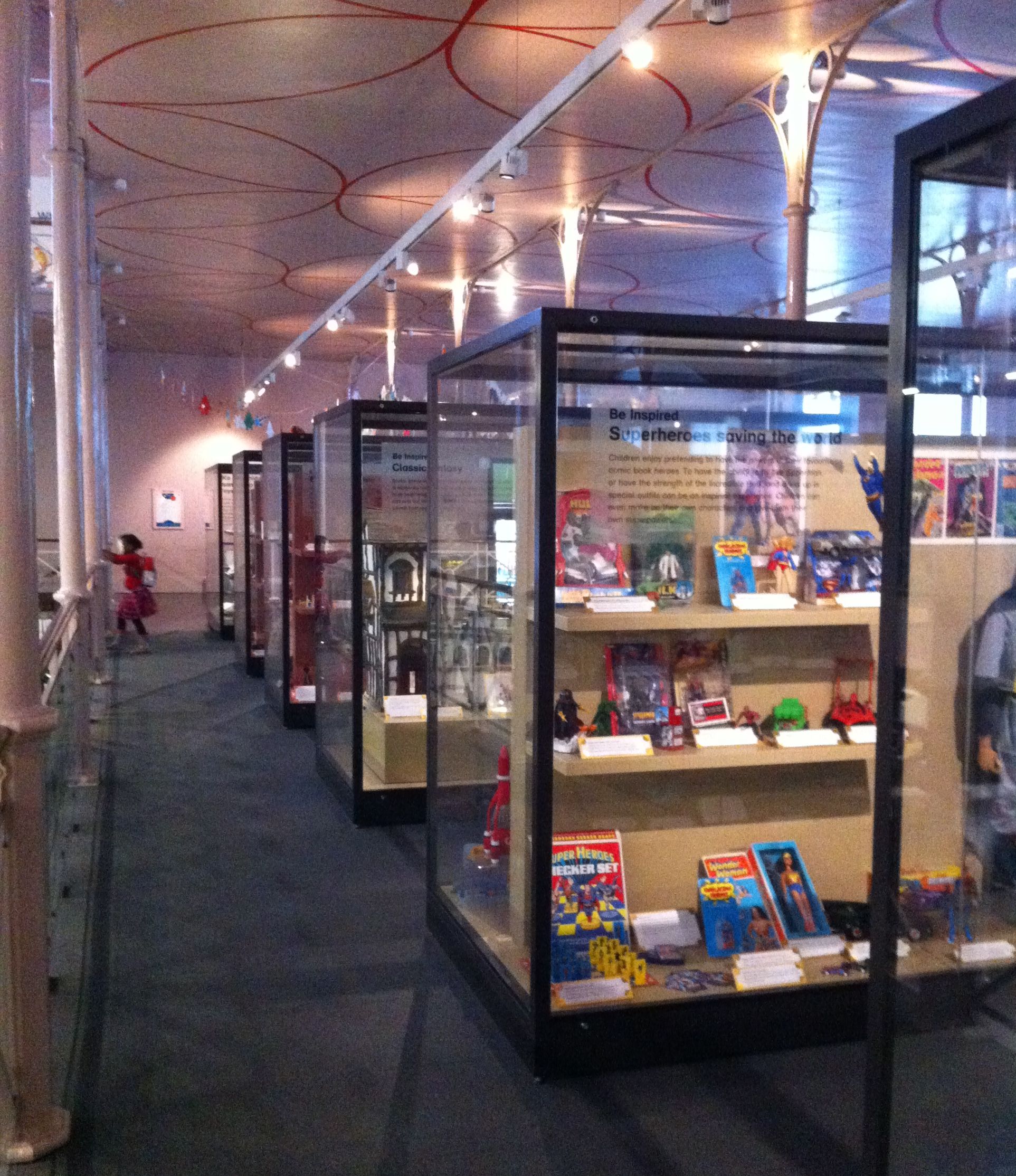
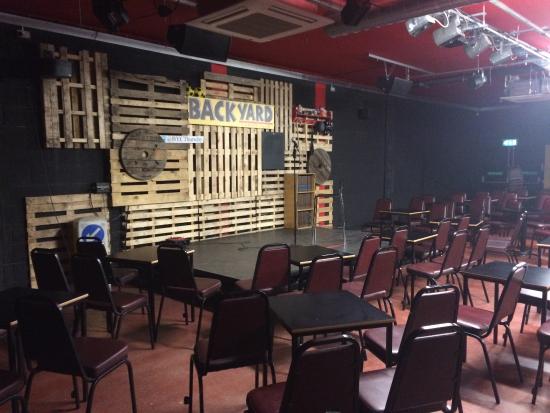
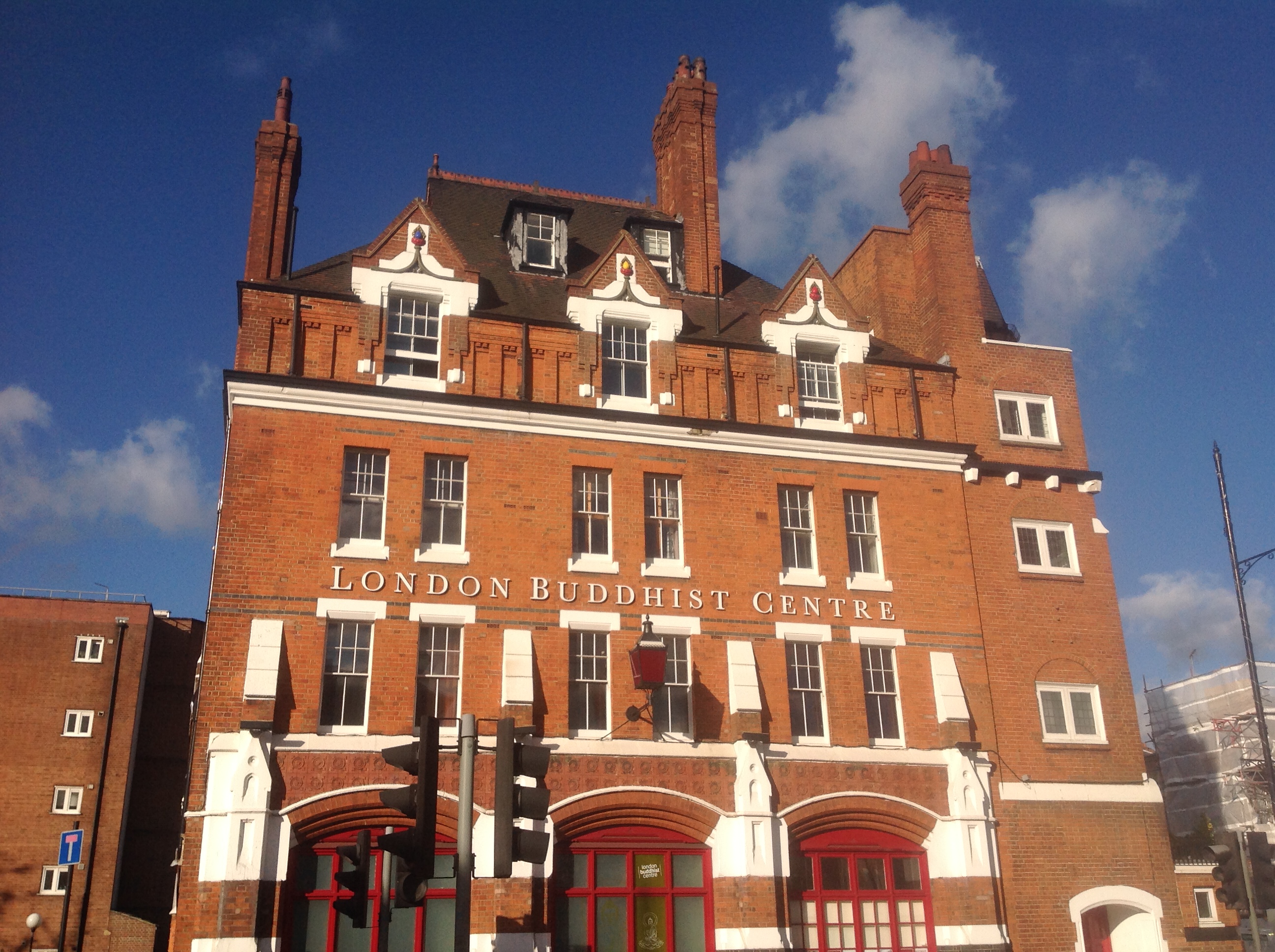
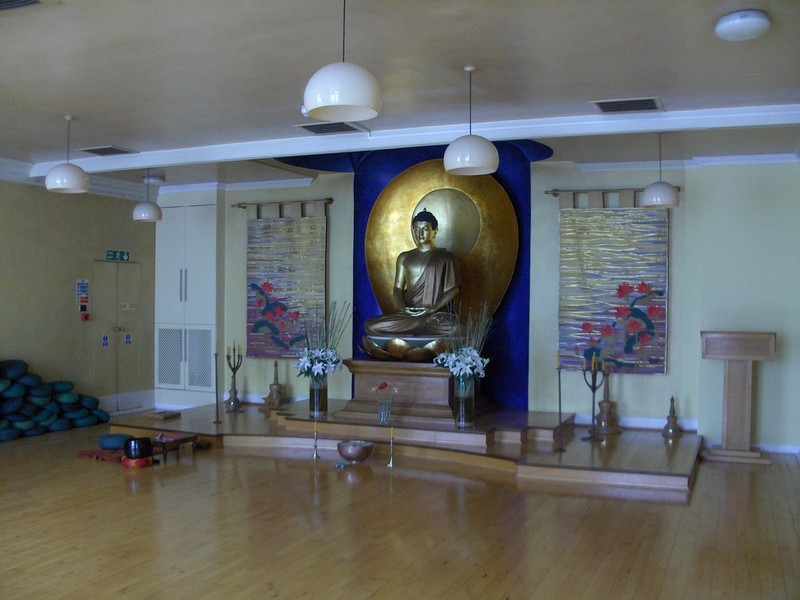
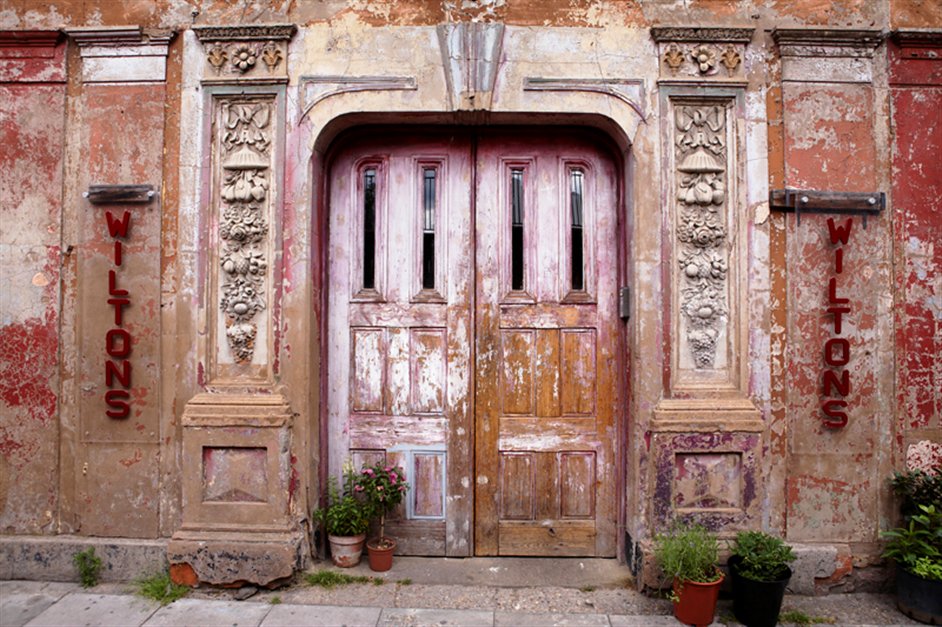
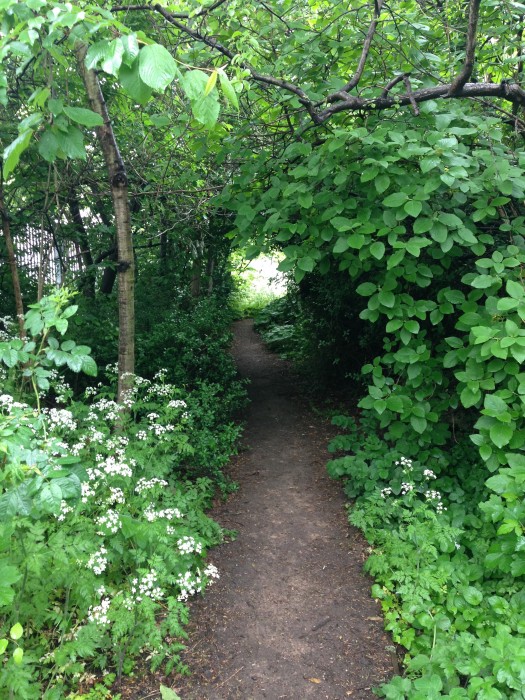
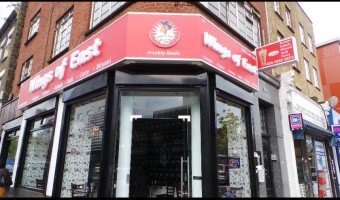
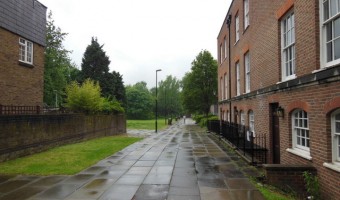
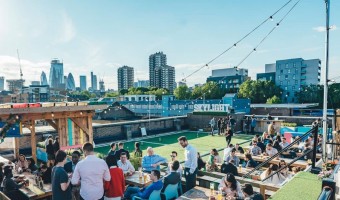
 Load more triptoids
Load more triptoids